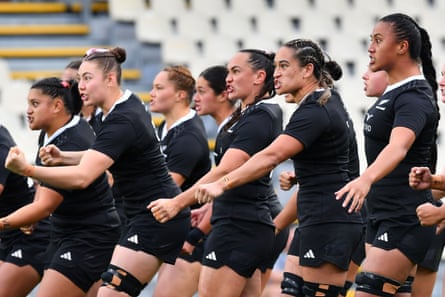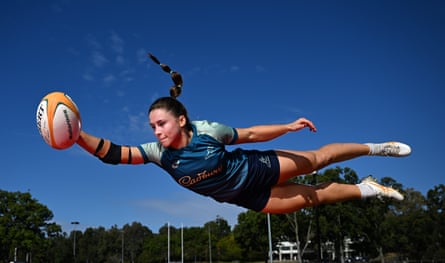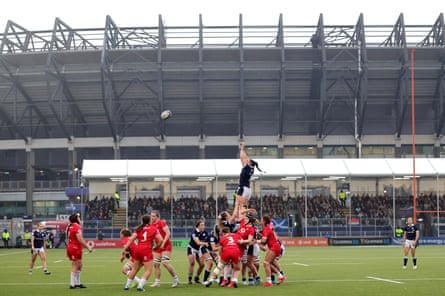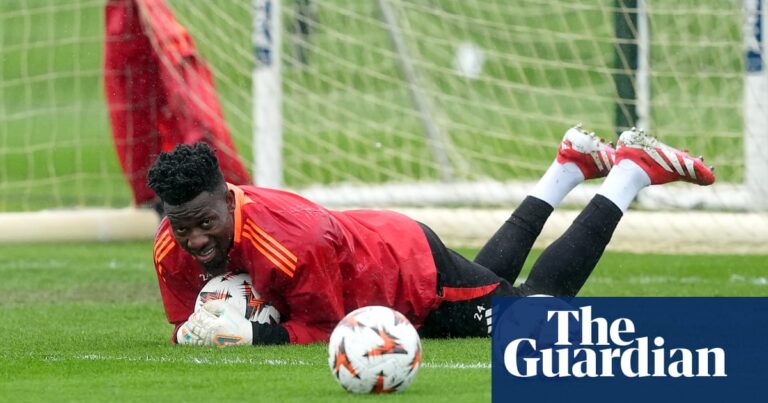
Back in the day there was a low-profile sport called women’s rugby union. Few people went to watch, the media seldom took an interest and the world’s top players were enthusiastic amateurs. Anyone predicting Twickenham would one day be packed to the rafters for a standalone women’s fixture would have been dismissed as crazy. And now? There is a different sport in town. It is simply known as rugby and now more than ever it belongs to both sexes.

As those of us lucky enough to be present in New Zealand in 2022 can testify, there is also another important ingredient. The number of truly competitive female teams may still be fewer than on the men’s side but the style of play is arguably even more marketable. Less meat-head physicality and mindless kicking, more high-class skills, more space in which to run … for novices and connoisseurs alike the games can be hugely watchable.
For a prime example have a look back at the breathless finale between England and New Zealand in Auckland three years ago. It may be that England would have won had Lydia Thompson not been sent off in the first half for a high tackle. But what no one could possibly dispute was the quality of the Black Ferns’ counterattacking game, their pace, their ability to exploit space and their willingness to take a calculated risk or two.
Helped in no small part by the enlightened coaching of the great Wayne Smith and the vastly experienced Sir Graham Henry, New Zealand confounded expectations to win 34-31. Even more important, perhaps, was the feelgood atmosphere at Eden Park on that clear, dry November day. Happy families, compelling new role models, spectacular sport … it was a tantalising vision of just how inclusive the traditionally staid world of rugby could be.
And therein lies the real opportunity of the next five weeks. Kate Zackary, the captain of England’s first-up opponents, the USA, has already underlined precisely what is at stake. “This Rugby World Cup isn’t just about us,” the back-rower said as the squad began preparations for England 2025. “We want kids across the US to see this team and think: ‘That could be me.’ Rugby in America is growing, and we’re here to kick that door wide open.” On and off the field there is a brighter future to be grasped, both by the sport more widely and the hosts in particular. “Where sisterhood meets rivalry” is the tournament’s slogan and the tag-line neatly reflects the friendly yet competitive vibe.

Not that defeating the short-odds favourites will be remotely easy. New Zealand, France and Canada – probably in that order – loom as the major threats but the Red Roses’ biggest enemy potentially lurks closer to home. By the knockout stage the pressure will be mounting and nagging doubts will be multiplying. It is necessary only to rewind to the men’s World Cup in 2015 to be reminded that inflated expectations generated by home advantage can weigh heavily.
So, yes, the Red Roses have greater depth than anyone else. Yes, the Rugby Football Union has spent millions of pounds on the squad’s preparation while Canada, for example, have been resorting to crowdfunding. But what if jangling nerves ultimately undermine all that? What if they were to ambushed by, say, France in a tense Bristol semi-final? Let’s just say a France v Canada final is not what the RFU ideally has in mind.

Meanwhile, at the other end of the scale, it is similarly vital that teams further down the pecking order enjoy the experience. If Japan v Spain in York or Italy v Brazil in Northampton can attract decent attendances, the organisers will also be thrilled. Nor is an excessive number of one-sided blow-outs in anybody’s interests. Gilpin acknowledges that “the challenge for us all is how we drive investment in the women’s game … we want the tournament to be even bigger and better in Australia in 2029” and that in this year’s edition “there will be some matches that are less competitive because, in some cases, there is obviously a disparity in experience, professionalism and investment.”
In that regard the opening game between John Mitchell’s England and the United States will be instructive given New Zealand put 79 points on the women’s Eagles in May. The first night crowd at the Stadium of Light will be hoping for a closer contest, not to mention a glimpse of the American social media favourite Ilona Maher. But if the stars align for the hosts even the Lionesses may be temporarily outshone.



